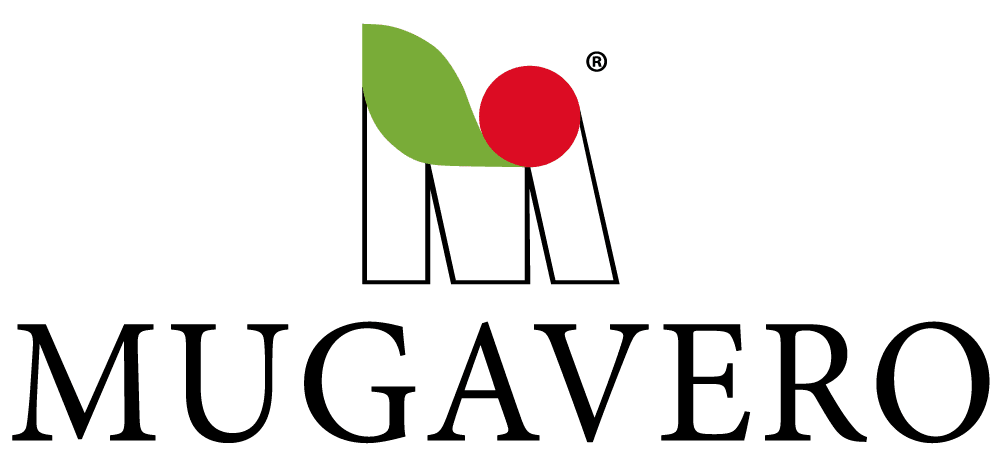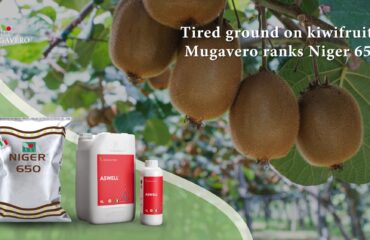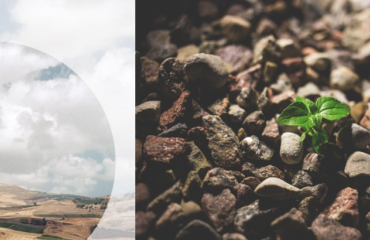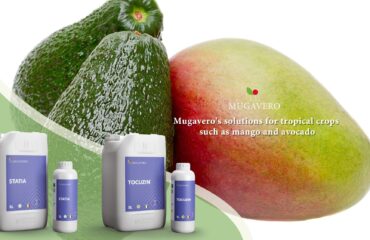
Pomegranate
The pomegranate (Punica granatum) is, in Mediterranean environments, an arboreal essence traditionally considered “deciduous”, that is, it loses its leaves in autumn; yet, in some areas of the Sub-tropic evergreen varieties are cultivated which, with appropriate controlled defoliation techniques, can produce fruits with different phenological cycles, so as to produce in three different periods. Recently, hybrids of deciduous and evergreen varieties have been created in Israel which in the conditions of southern Israel can produce in two periods, January and June.
The bright red of the pomegranate fruit is certainly attributable to the colors of nature which are tinged with autumn and open the doors to winter. It should be noted that the fruit is harvested in relation to the specific characteristics of the cultivated variety, some of which have an external skin color predominant on yellow, others on an intense red when ripe. The thick-skinned fruit is characterized by a high content of flavonoids, highly antioxidant principles, mineral salts (based on potassium, phosphorus, sodium, and iron), vitamins of groups A, B, and C, fibers, and sugars.
As far as the aesthetic quality of the fruit is concerned, one of the problems of this crop concerns skin burns which are the consequence of solar radiation associated with high temperatures; this aspect should not be underestimated in the calculation of production yields as, especially in the first years after planting, the slightly expanded foliage does not protect the fruit from sunstroke and 30% of the fruit can be damaged by blanching.
Another peculiar problem of the pomegranate is the cracking of the fruit, especially near ripening: these symptoms are attributable to irrigation shifts that are not always correct but above all to nutritional aspects of the fruit linked to potassium, due to nutrient deficiency or sub-optimal ratios of the same. in relation to other mesoelements (K / Ca, K / (Ca + Mg, N / K).
Mugavero proposes UPPER GROW and STATIA, a potassium-based organic biostimulant and a resistance inducer to be applied by foliar application in the fruit swelling and ripening phase. Two or three applications of UPPER GROW and STATIA meet the energy demand of the plant to complete the ripening and coloring phase. The fruit acquires intensity of color, health, and brilliance much appreciated by the farmer; even the less brightly lit fruits inside the foliage color without difficulty. The optimal delivery of potassium helps to increase the resistance of the fruit to cracking, increase the synthesis of sugars and reduce acidity. Seeing is believing … word of Mugavero.
If this article on Pomegranate was useful to you, keep following us on our blog and social media channels: Facebook, Instagram, LinkedIn, YouTube

 Italiano
Italiano  English
English  Español
Español  Türkçe
Türkçe  Русский
Русский  العربية
العربية  Français
Français 


